Fashion photography has long captured our imagination, evolving from formal studio portraits to dynamic street scenes. This evolution mirrors not only changes in fashion itself but also shifts in societal values and photographic techniques. Exploring Iconic Street Fashion Images through the decades reveals a fascinating story of how photographers have documented and shaped our perception of style in real-world settings.
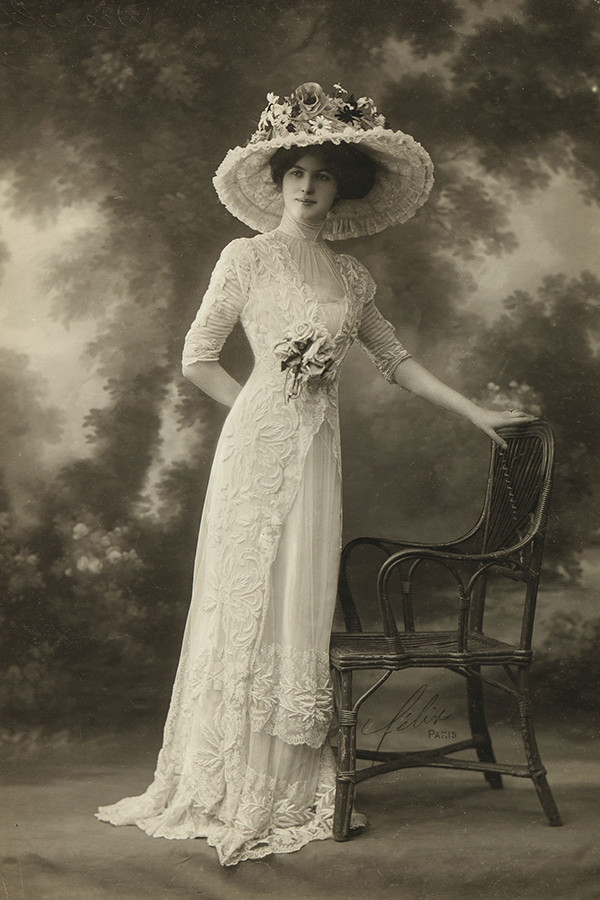 Elegant woman in Drecoll dress, captured in a vintage studio setting, circa 1910
Elegant woman in Drecoll dress, captured in a vintage studio setting, circa 1910
The Dawn of Street Style: Early Photographic Studios and Capturing the Everyday
Initially, photography served a primarily private clientele or acted as a reference for fashion illustrators. However, as photographic technology advanced in the 1880s, the possibility of wider circulation of fashion images emerged. While not strictly “street style” as we know it today, early photographic studios began to capture fashionable dress, laying the groundwork for documenting clothing outside of formal settings. These early images, though often staged, provide a glimpse into the era’s prevailing styles and the desire to document contemporary fashion.
 Séeberger Frères capture of Welly Soeurs ensemble in Deauville, France, 1928, showcasing early street fashion documentation
Séeberger Frères capture of Welly Soeurs ensemble in Deauville, France, 1928, showcasing early street fashion documentation
Séeberger Frères: Pioneers of Capturing Parisian Street Fashion
The Séeberger Frères, active from 1909 to 1975, are often credited with pioneering fashion photography in real-world environments. Functioning as early photojournalists, they documented fashionable individuals on the streets of Paris, at social events, and in resort towns. Their work uniquely blended the posed elegance of studio photography with the spontaneity of street scenes. This innovative approach captured fashion in motion, moving away from static studio portraits and towards a more dynamic representation of contemporary style as it was lived and worn in public spaces.
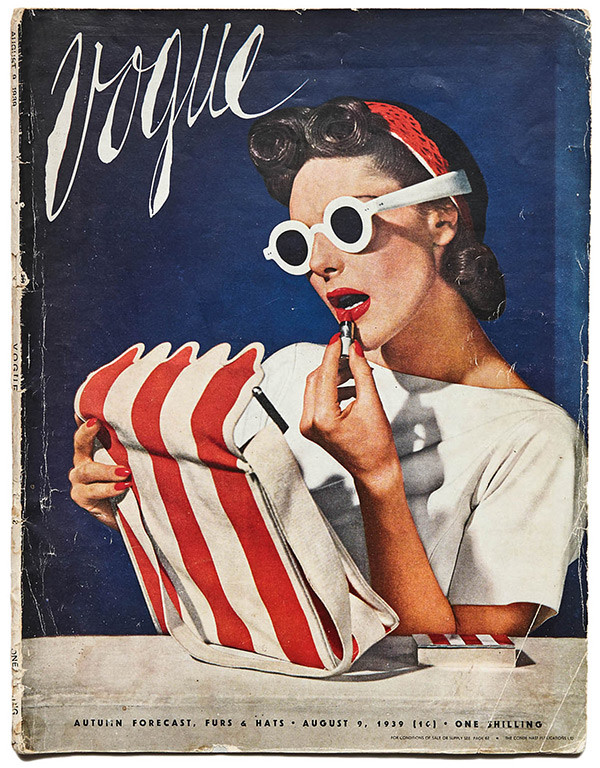 Horst P. Horst's Vogue cover from 1939, exemplifying the studio-based aesthetic of early fashion magazines
Horst P. Horst's Vogue cover from 1939, exemplifying the studio-based aesthetic of early fashion magazines
Horst P. Horst: The Studio’s Enduring Influence on Fashion Imagery
Horst P. Horst (1906–1999) epitomized the studio-centric aesthetic that dominated fashion photography until after World War II. His work, deeply influenced by classical Greek culture, emphasized the sculptural qualities of the body and clothing. While primarily a studio photographer, Horst’s meticulous attention to form and light established high standards for fashion imagery and influenced generations of photographers, including those who later ventured into street fashion. His numerous Vogue covers, including groundbreaking color photographs, remain iconic examples of sophisticated and stylized fashion photography.
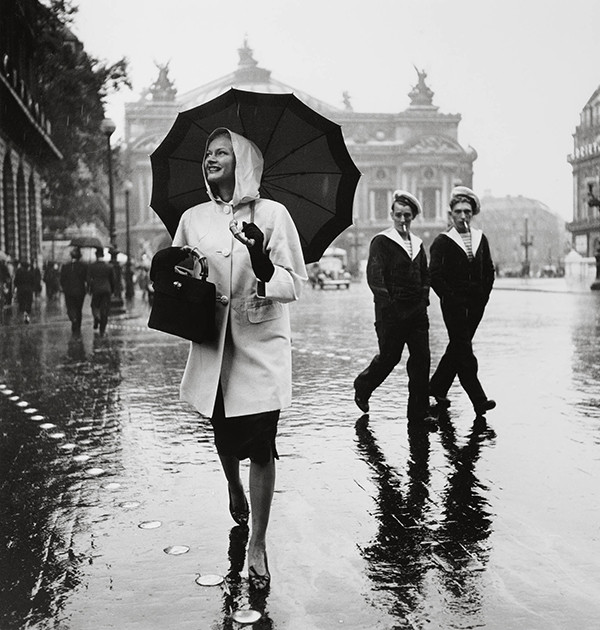 Jean Moral's Harper's Bazaar shot in Place de l’Opéra, 1939, blending documentary style with fashion photography
Jean Moral's Harper's Bazaar shot in Place de l’Opéra, 1939, blending documentary style with fashion photography
Jean Moral: Documentary Realism Enters Fashion
By the 1930s, a shift towards documentary aesthetics began to permeate fashion photography. Jean Moral (1906–1999), with his documentary background, brought a sense of realism to the genre. Although self-taught in photography, Moral instinctively employed modernist visual language, characterized by strong perspectives and unconventional angles. His work for Harper’s Bazaar starting in 1933 represented a move towards a more grounded, less overtly staged portrayal of fashion, hinting at the future embrace of street style’s raw authenticity.
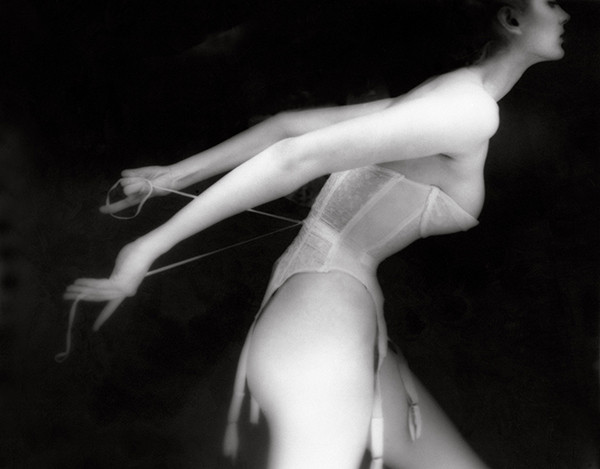 Lillian Bassman's sensual lingerie shot for Harper's Bazaar, 1951, showcasing an experimental approach to fashion imagery
Lillian Bassman's sensual lingerie shot for Harper's Bazaar, 1951, showcasing an experimental approach to fashion imagery
Lillian Bassman: Experimentation and Shifting Perspectives
Lillian Bassman (1917–2017) brought an experimental approach to fashion photography, drawing on her background in graphic design. Her signature high-contrast, painterly style added an artistic layer to fashion imagery. While known for her lingerie photography, Bassman’s willingness to push boundaries and experiment with visual language paved the way for greater creative freedom in fashion photography, influencing subsequent generations who would explore street style with similar artistic vision.
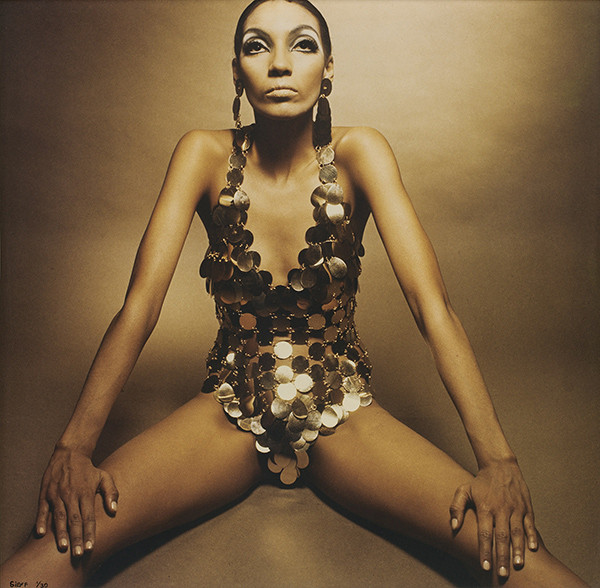 Jeanloup Sieff's Nova image from 1966, reflecting the playful and surreal style of 1960s fashion photography
Jeanloup Sieff's Nova image from 1966, reflecting the playful and surreal style of 1960s fashion photography
Jeanloup Sieff: Surrealism and the “New Realist” Movement
Jeanloup Sieff (1933–2000), a key figure in the “new realist” movement of the 1960s, infused fashion photography with playfulness and surrealism. Influenced by filmmakers like Antonioni and Bergman, Sieff’s style was distinct and cinematic. His work for publications like Nova and Queen captured the spirit of the swinging sixties, reflecting a departure from traditional formality and embracing a more liberated and expressive approach to fashion photography, which would resonate with the burgeoning street style movement.
 Bruce Weber's Santorini image from 1982, a groundbreaking example of homoeroticism in fashion advertising
Bruce Weber's Santorini image from 1982, a groundbreaking example of homoeroticism in fashion advertising
Bruce Weber: Challenging Norms and Redefining Sensuality
Bruce Weber (born 1946) created images that challenged conventional norms, none more so than his iconic photograph of Tom Hintnaus for Calvin Klein in 1982. This image, displayed prominently in Times Square, signaled a shift in cultural values, embracing homoeroticism and male nudity in mainstream fashion. Weber’s work expanded the boundaries of what was considered acceptable and desirable in fashion imagery, paving the way for more diverse and inclusive representations of style, including the acceptance of varied street styles.
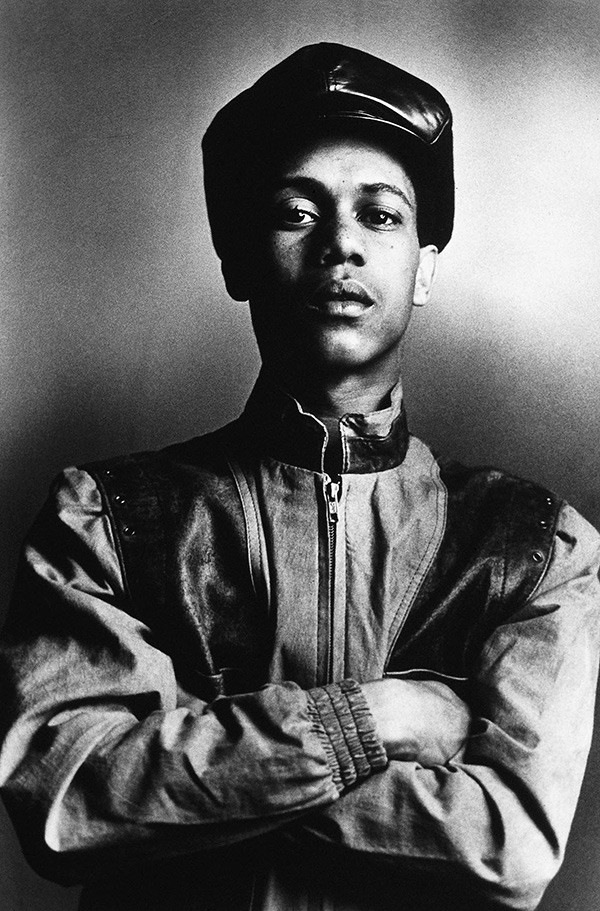 Coreen Simpson's Roxy Club image from 1985, capturing the energy of B-Boys street style in NYC
Coreen Simpson's Roxy Club image from 1985, capturing the energy of B-Boys street style in NYC
Coreen Simpson: Documenting the Rise of B-Boys and Street Style Culture
Coreen Simpson, drawn to individual and street style, began her B-Boys series in 1982. She sought to document the break-dancing and rap culture emerging in New York City. Her series captured the self-assuredness and style of her subjects, highlighting how they expressed themselves through clothing. Simultaneously, publications like BLITZ, i-D, and The Face in the UK were bringing street style to a wider, younger audience, solidifying street style as a significant force in fashion and photography. Simpson’s work is pivotal in recognizing and celebrating the authenticity and creativity of street fashion.
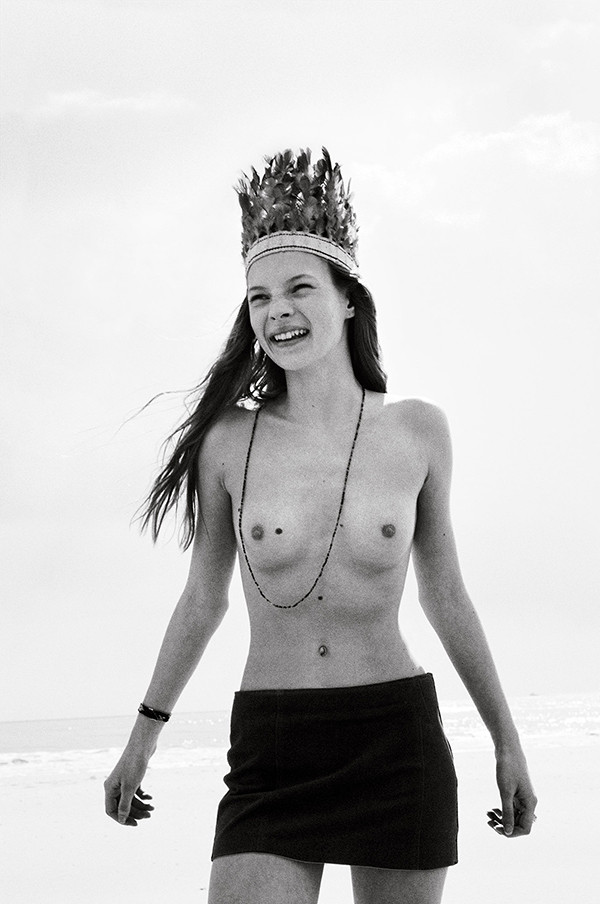 Corinne Day's Kate Moss image from 1990, a defining moment in grunge fashion photography
Corinne Day's Kate Moss image from 1990, a defining moment in grunge fashion photography
Corinne Day: Grunge and the Raw Aesthetic of the 1990s
Corinne Day (1962–2010) became a leading figure in the “grunge” aesthetic that dominated 1990s fashion photography. Her lo-fi, documentary style often featured friends in everyday settings, wearing their own clothes and minimal makeup. Day’s approach rejected the polished artifice of previous decades, reflecting a desire for authenticity and a raw, unfiltered representation of youth culture. Her images, often featuring Kate Moss, became synonymous with the grunge movement and significantly impacted street fashion trends and photographic styles.
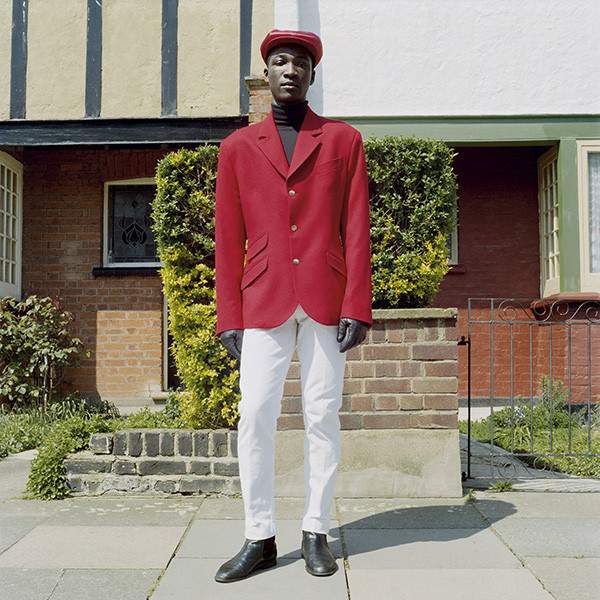 Jason Evans' Untitled image from the Strictly series, 1991, exploring race and identity in fashion
Jason Evans' Untitled image from the Strictly series, 1991, exploring race and identity in fashion
Jason Evans: Street Style as Social and Political Commentary
Jason Evans (born 1968) used fashion photography to explore sociopolitical themes. His Strictly series for i-D in 1991 featured exclusively Black models, challenging racial representation in fashion and media. By blending cultural perceptions of Black youth with the historical concept of the dandy, Evans’ work raised important questions about social and racial biases within the fashion industry. His approach demonstrated how street style photography could be a powerful tool for social commentary and challenging established norms.
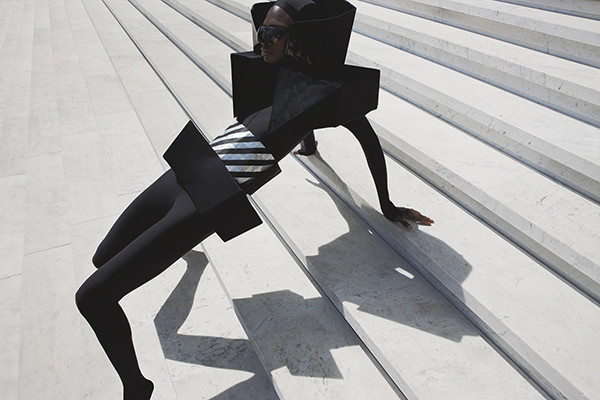 Viviane Sassen's De La Mar Theatre image from 2010, showcasing her distinctive style in contemporary fashion photography
Viviane Sassen's De La Mar Theatre image from 2010, showcasing her distinctive style in contemporary fashion photography
Viviane Sassen: Redefining Contemporary Fashion Imagery
Viviane Sassen (born 1972) is a key figure in redefining fashion photography in the 21st century. Breaking away from restrictive conventions, Sassen developed a distinctive visual language characterized by strong light and shadow, vibrant colors, and dynamic poses. Her innovative style has been widely influential, pushing the boundaries of contemporary fashion photography and inspiring new approaches to capturing street style with artistic flair and bold creativity.
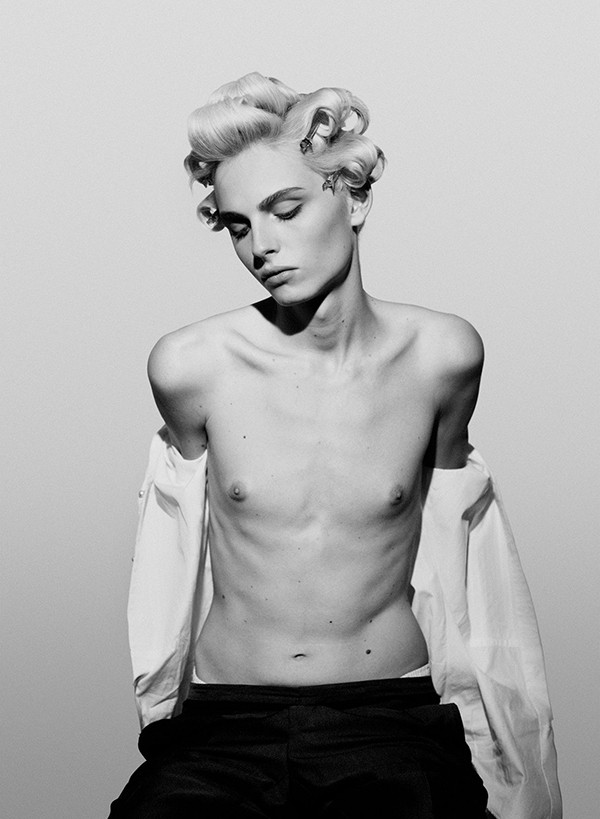 Collier Schorr's Andrej Pejic image from 2011, exploring gender and identity in modern fashion photography
Collier Schorr's Andrej Pejic image from 2011, exploring gender and identity in modern fashion photography
Collier Schorr: Fashion as an Extension of Identity and Desire
Collier Schorr (born 1963) views fashion photography as an extension of her broader artistic exploration of gender, identity, and desire. Her work challenges fixed notions of these concepts, reflecting the fluidity of identity in contemporary society. Schorr’s approach expands the scope of fashion photography to engage with complex social and personal themes, making it a powerful medium for exploring self-expression and cultural shifts, particularly within street style and personal fashion choices.
Through the lens of these photographers, the journey of fashion photography, especially in capturing iconic street fashion images, reveals a dynamic interplay between artistic vision, social change, and the ever-evolving world of style. From the early studios to the raw realism of street style, these images not only document fashion but also shape our understanding of culture, identity, and self-expression.

